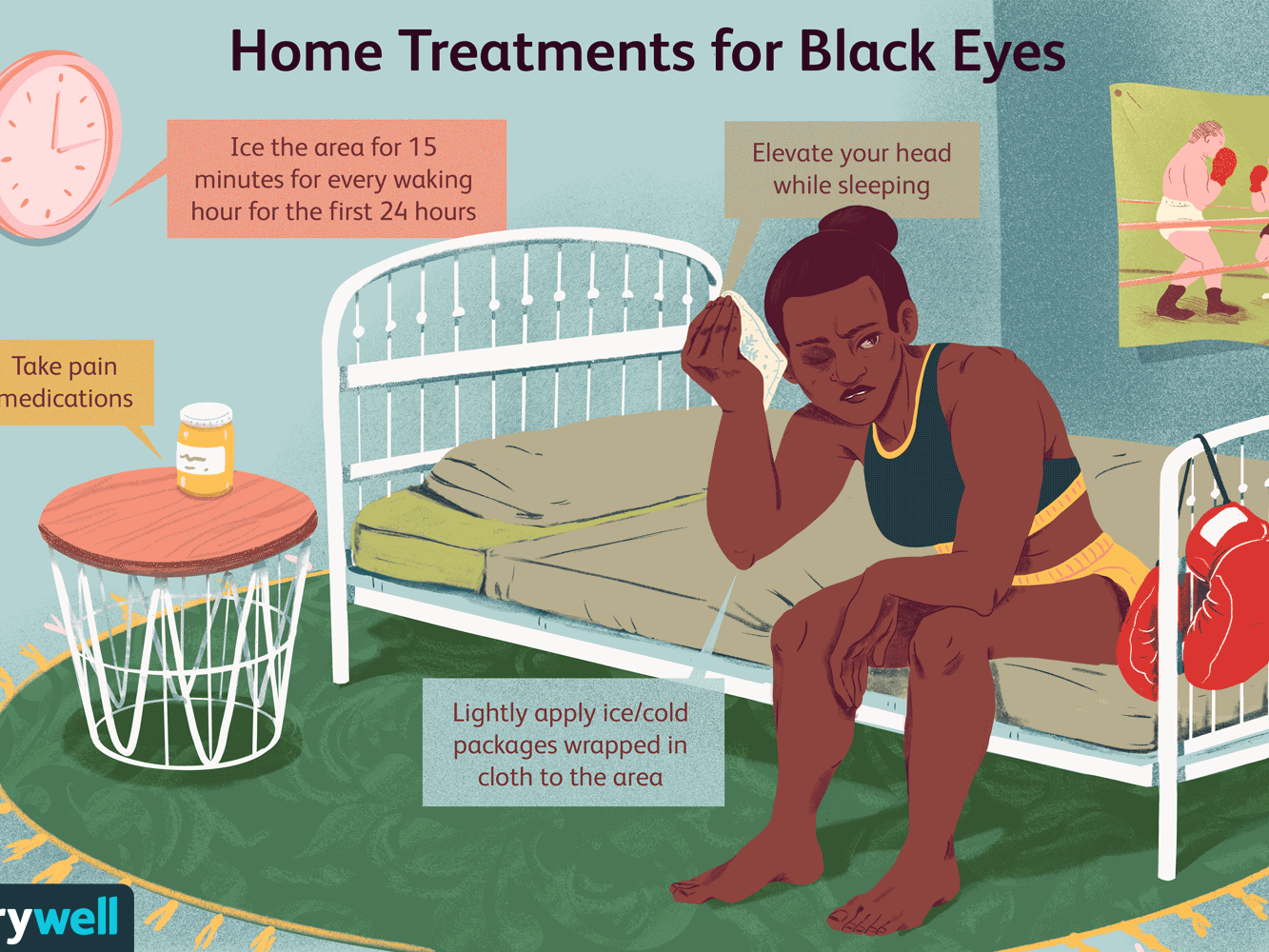
Surgical results vary from patient to patient. A patient will experience some discomfort after the surgery, including soreness and bruising on the face. For several weeks, your mouth may feel stiff. Unfortunately, results cannot be guaranteed. In some cases, a second operation may be required. Patients should avoid smoking, drinking alcohol, sleeping face down, and excessive motion for a week or so after their procedure. Health insurance does not typically cover jaw implant procedures, so the cost is typically the responsibility of the patient.
Chin augmentation
A chin augmentation procedure takes about an hour. It can be performed under local or general anesthesia. The chin implant is inserted in the front of the jawbone and sutures are used to close the incision. It is easy and quick to recover from this procedure. Patients can return to work or home in less than a week. In certain cases, patients will not be permitted to have an operation inside their mouth. The surgeon can then make an incision below the chin. There is no visible scarring left after the procedure.
Many factors affect the cost of a Chin Augmentation. One of the most important factors is the level of expertise of the plastic surgeon. A surgeon who is more experienced will be more likely to achieve an excellent outcome. The chances of complications and mistakes being made by a less experienced surgeon are higher. It is a good idea also to see before-and-after photos of the work of a surgeon.
Angle augmentation
Jaw angle enhancement is a procedure to enhance the facial proportions and balance. Fillers and jaw implants can be used for this procedure. Although fillers are temporary and can easily be removed if the patient is not satisfied with the results, jaw angles implants can provide immediate volume improvement. However, the procedure requires surgery.

It is essential to choose the right jaw angle implants. The surgeon determines the best angle by taking x-rays. The surgeon needs to know what the ideal jaw dimension looks like for the patient. This is particularly important for titanium implants, as the procedure can be all or nothing.
Cheek augmentation
The cost of cheek augmentation and jaw implants can vary depending upon the surgeon and the individual procedure. Some surgeons charge a set fee for cheek implants, while others may have flexible payment plans and offer financing options. When deciding whether or not to have this procedure, it is important to consider the credentials of the surgeon.
Cosmetic surgeons often use implants or fat grafting to enhance the shape of the face. A patient will either be anesthesized with general anesthesia or localized anesthesia. A plastic surgeon will assess the patient's medical history to recommend the best treatment.
Implant Chin
The chin implant is a common cosmetic procedure that enhances the appearance of your chin. The procedure usually takes around 30 minutes. It can be done under general, local, or sedation anesthesia. Most patients can return to their normal activities within a few days. There is typically minimal downtime. There will be some swelling, pain and tenderness following surgery. This should usually resolve within a few hours. Cold compresses and pain medication can be used to reduce the discomfort.
There are many different types of implants. The most common type is made of silicone. These implants are flexible and soft, and can easily be adjusted by surgeons. Porous polyethylene implants are stiffer and better at integrating with the surrounding tissue, but are more expensive. Based on the pros & cons of each, your surgeon will help you choose the right type of implant for you.

Implantation of jaw
A board-certified surgeon is recommended if you are thinking about jaw implant surgery. Before choosing a doctor to perform your surgery, speak with them and review their work. To find a board-certified surgeon, you can use the American Society of Plastic Surgeons "Find a Surgeon” tool.
Implants are made of silicone or other synthetic materials. They are shaped to match your jawline, and attach with two- to three titanium screws. The surgeon will incision the corner of your mouth. This is usually located under the chin. The incision will be closed in layers and the implant will be inserted. It is secured with layers of water to stop any oral fluid from entering the wound. The whole process usually takes one to two hours.